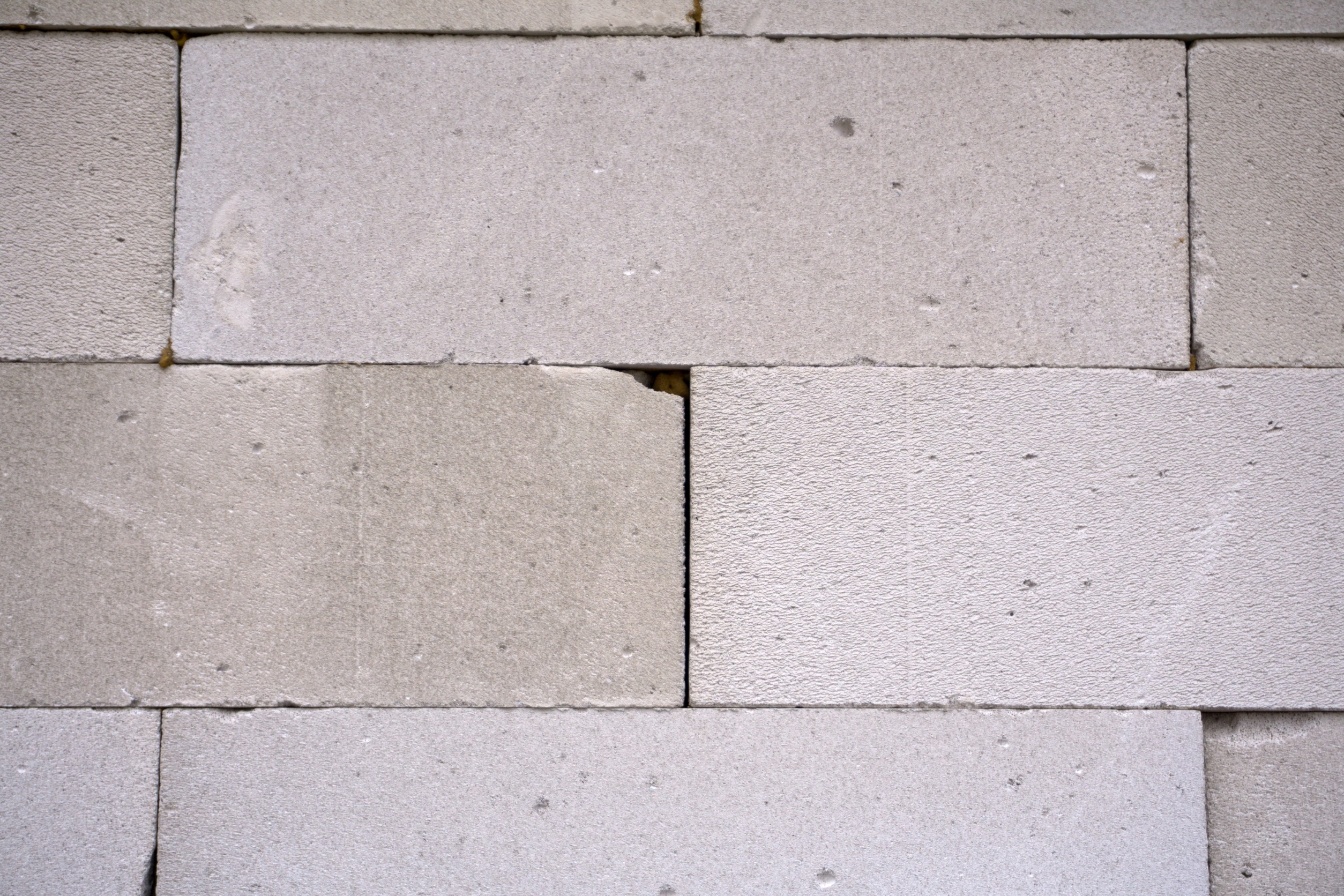Did you know that 40 percent of food sold in the United States for human consumption never gets eaten? This translates to $218 billion lost, which includes the cost of food wasted on the consumer and retail levels, wasted water, energy, fertilizers, cropland and production costs. It works out to a shocking $1,500 thrown away each year by the average family of four, and 20 pounds of food wasted monthly by each individual.
This situation has to change, which is why the Save The Food campaign has created a useful, free app called Meal Prep Mate that will help you cut down on food waste. How it works is users can make their own customized meal prep plan or choose an existing one. They input the number of people eating and the number of days they’re prepping for, and Meal Prep Mate will provide a tailored shopping list, pre-designed recipes, and accurate portioning for every meal. The app also provides a ‘waste-less guide’ for how best to store and use up ingredients, and a ‘remix meal’ guide for spicing up prepped food mid-week and keeping culinary boredom at bay.











